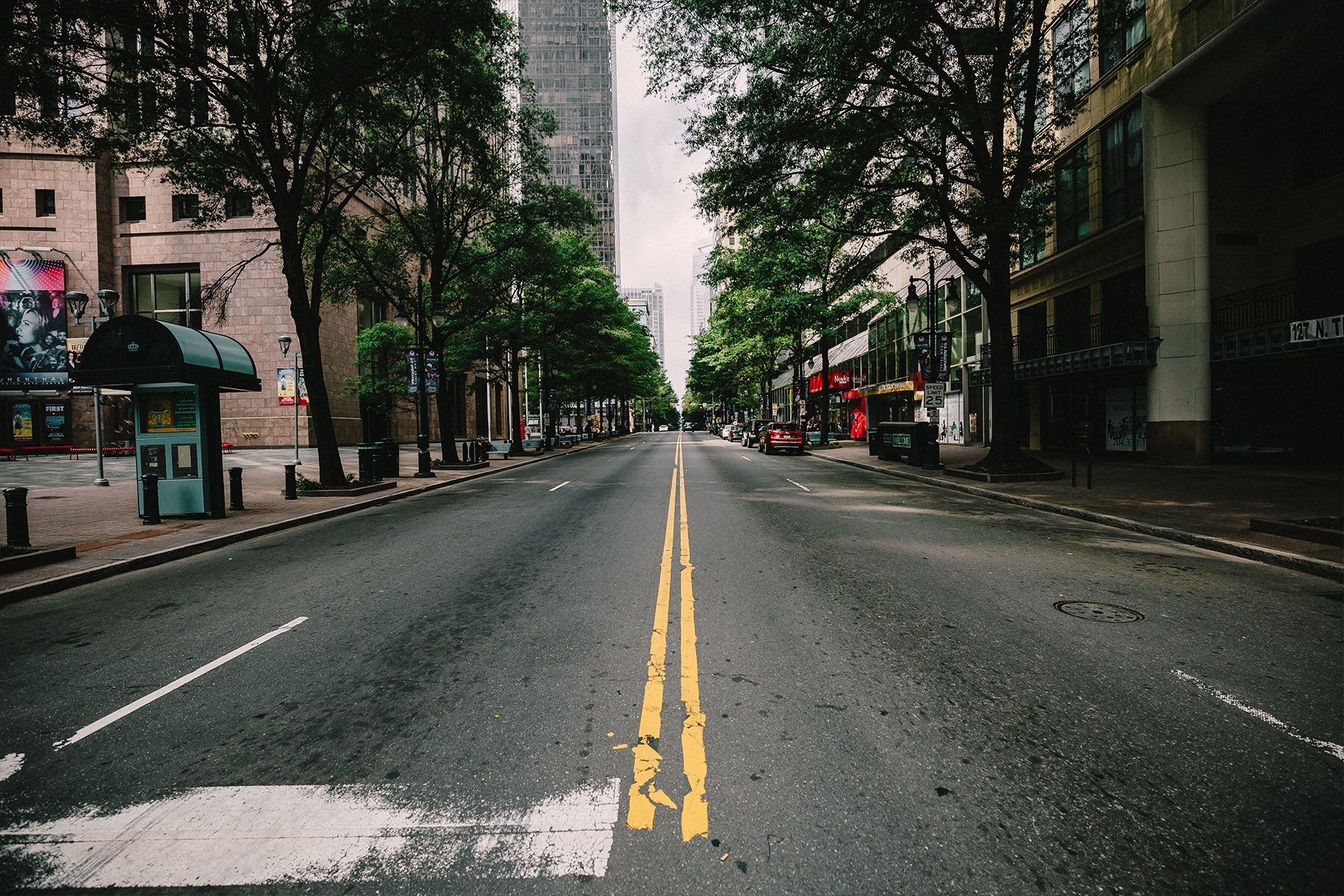March 24, 2020 — A combination of quarantine, school closures, and work-from-home measures is the most effective way to prevent the spread of COVID-19, according to a new study in The Lancet Infectious Diseases.
Cities and states across the U.S. are using each of those approaches, but they vary. By Wednesday morning, 17 states will be under “stay-at-home” orders, which address all three: The orders call for all nonessential businesses to shut down, all schools to close, and all residents to stay at home as much as possible. An additional seven states have restrictions that don’t require every element. Some states have few restrictions of any kind.
“We have a patchwork of responses as opposed to a national response,” says Carlos Del Rio, MD, a professor of infectious diseases at Emory University. “We really need a coordinated national response.”
Too Soon to Lift Restrictions?
Even without nationwide stay-at-home orders, as the number of COVID-19 cases here continues to grow, President Trump on Tuesday called for lifting restrictions by Easter, less than 3 weeks away.
“I gave it 2 weeks,” he said during a Fox News town hall. “We can socially distance ourselves and go to work.”
Public health experts say it’s not that simple.
“Easter is April 12th. If the President would like to do this, I suggest he calls for a national shelter at home until then,” says Del Rio. “That will give us 18 days to scale up testing and do the things that are needed to flatten the curve and prevent thousands of unnecessary deaths.”
Howard Forman, MD, a professor at Yale University School of Public Health, also advises against simply lifting restrictions. “We need to have far more widespread testing, to gain a better understanding of where regional hot spots are today and where they’ll be in one, two, three weeks,” he says. “Based on what we know today, it’s impossible to imagine that we could be easing up on restrictions anywhere on April 12, without putting millions of people at risk.”
This new study, the first to look at how well distancing works, also suggests lifting restrictions would be a mistake. Done by researchers at the National University of Singapore, the study created a virtual replica of Singapore’s population and applied an epidemic simulation nationwide.
Evidence That Distancing Works
Researchers tested three intervention scenarios: isolation of infected people with family quarantine; quarantine plus school closings; and quarantine plus workplace closures, with 50% of the workforce staying home. They also tested a combination of all three. They compared the results to a simulation with no intervention at all, and repeated the models using low, moderate, and high rates of transmission.
After 80 days, the simulation found that without intervention, Singapore could expect to have anywhere from 279,000 to well over 1,000,000 infections, depending on the transmission rate. Combining restrictions lowered that number by 99% at the lowest transmission rate, 93% at the moderate rate, and 78% at the highest rate. Quarantine plus workplace distancing was the next best option, followed by quarantine plus school closure. Quarantine alone was the least effective method.
The study authors note limits to their modeling. There are still unknowns about how the virus is transmitted and spread, they say. And how people connect with each other can vary in different populations.
At this point in the U.S., the effects of various levels of restrictions can’t be seen. “Any place that thinks they’ve flattened the curve is probably not testing enough,” says Forman. “We would expect to see some effect from the aggressive actions (in New York state, for instance) approximately 14-21 days after the policy took effect. This means we shouldn’t expect much for another week in most of the earliest-acting regions.”
Talk of easing restrictions is premature, says Del Rio. “We need to go into a national ‘shelter at home’ for 30 days. As I tell people, ‘Erase April from our calendars, and we will find the exit from this crisis.’”
